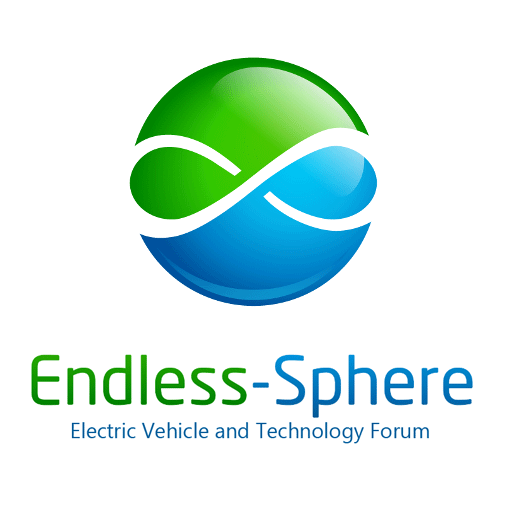Great find! Lots of data to look at in that paper.
This test by NASA focuses on long term performance. Generally in this community we have only had access to test results of brand new cells, thanks to the efforts of HKJ, Mooch, and sometimes a few others. Focusing on different criteria yielded different results.
In HKJ’s tests, the Sanyo NCR18650GA handled high discharge rates slightly better than either the Samsung INR18650-35E or the LG MJ11865.
Note that HKJ tested the Sanyo and LG both once, in 2016. He actually tested 3 sets of the Samsungs - one in 2016, and two in 2021.
At 10A continuous discharge:
- The MJ1 samples reached the 50 degree C temperature limit at 2500 and 2750 mAh respectively
- The 35E samples terminated for voltage (planned) at 3000 mAh or more
- The 18650GA samples terminated for voltage (planned) at slightly over 3000 mAh
At 15A continuous discharge,
- The MJ1 samples reached the 50 degree C at 1500 mAh
- The 35E samples reached the 50 degree C limit at 1700-2100 mAh
- The 18650GA samples reached the 50 degree C limit at 2000 and 2100 mAh respectively
The 18650GA appeared to maintain the best voltage under load, but the 2021 test of the 35E indicated Samsung improved this cells performance over time, so that the latest sample tested was almost a perfect match for the 18650GA in this regard.
So from HKJ’s tests, the 18650GA appeared to have a slight advantage at high drain rates. Not enough to make any of them a bad choice, but it helped set the impression. At lower drain rates (5A and below), the performance of all three cells was almost identical.
I think Sanyo also had a perception as in general more of a battery specialist, where as for Samsung and LG, batteries were just one of the countless businesses they are in. I suspect that also helped give Sanyo a good image.
The NASA tests at low drain rates (0.2C) seem to suggest the MJ1 wins for cycle life, the 18650GA wins for low temperature performance, and the 35E strikes a middle ground in between.
The NASA high drain (9.6A) appears to have been an add-on test performed on the same cells used in the “100%” DoD cycle tests, only for the LG MJ1 and M36, Samsung 35E, Panasonic BJ, and Murata VC7 (“the first batch of cells”). This would explain the discrepancy between HKJ’s test showing over 3000 mAh for the 35E at 10A, where as NASA only saw only 1400mAh for the 35E at room temperature compared to 2900 mAh for NASA’s low drain test of that cell.





